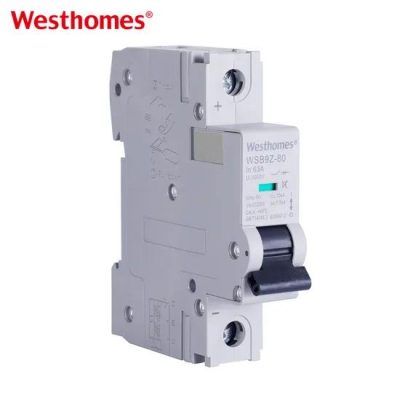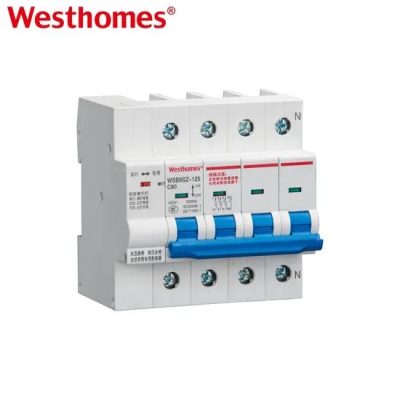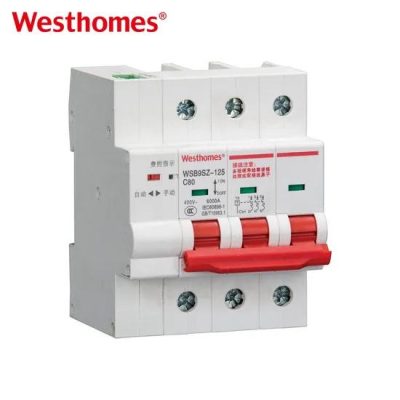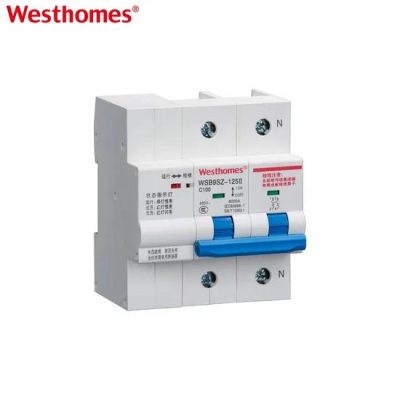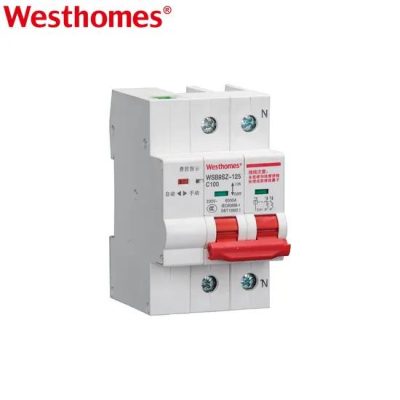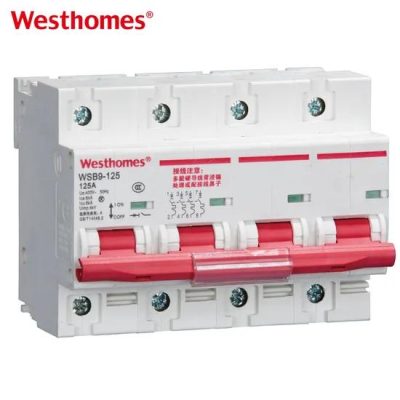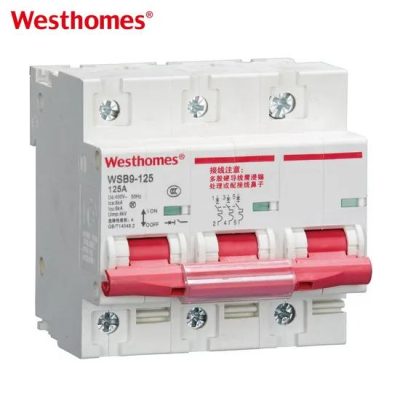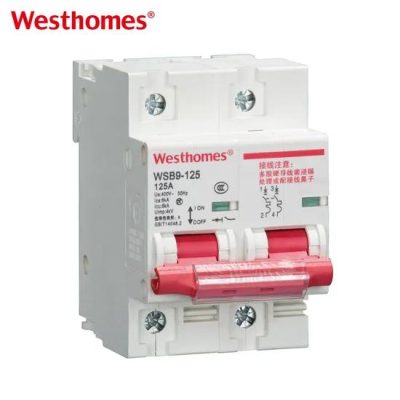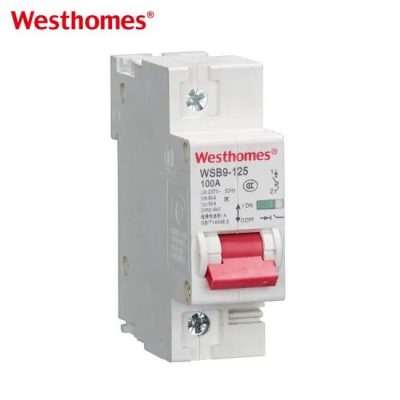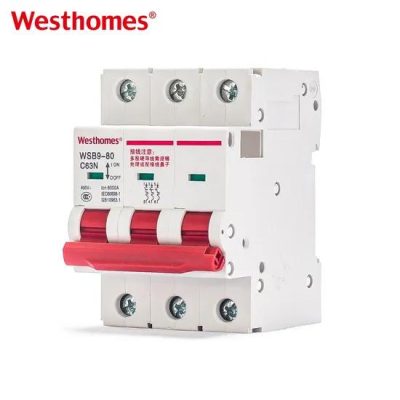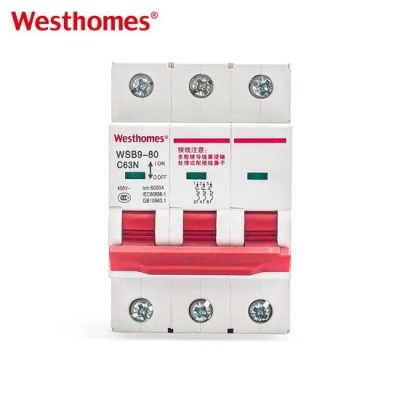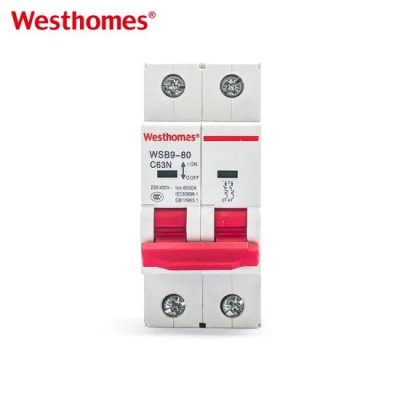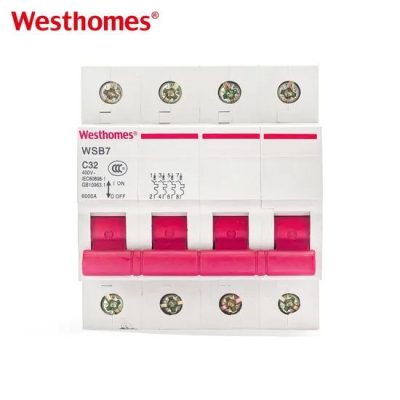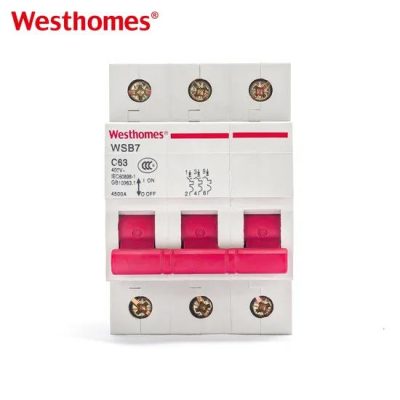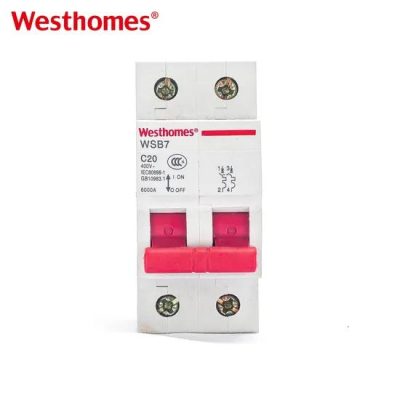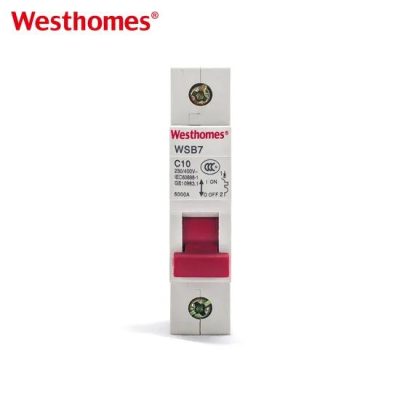Get quick appointment for technical support!
Reliable and Efficient Circuit Protection with Westhomes MCBs
A miniature circuit breaker (MCB) is an automatic electrical switch that protect circuits from damage caused by overloads or short circuits. By detecting fault conditions and instantly interrupting current flow, MCBs help prevent electrical fires and equipment failure. Compact, efficient, and easy to reset, they replace traditional fuses with greater reliability and convenience.
Westhomes miniature circuit breakers are built to deliver consistent protection and meet international certifications such as IEC and CE. Available in a wide range of current ratings and trip characteristics (B, C, and D curves), our MCBs offer high breaking capacity and rapid fault response. From distribution boards and control panels to heavy-duty industrial equipment, Westhomes miniature circuit breakers ensure reliable, safe, and efficient performance.
Need help finding the perfect product or system?
No problem at all. Let one of our expert advisors point you in the right direction.
FAQ
What Is a Miniature Circuit Breaker (MCB)?
A Miniature Circuit Breaker (MCB) is an automatically operated electrical switch. When abnormal current conditions are detected, the MCB interrupts the flow, preventing potential hazards like electrical fires or equipment damage. Unlike traditional fuses, MCBs can be easily reset.
How Do MCBs Work?
MCBs function through two primary mechanisms:
- Thermal Protection: Utilizes a bimetallic strip that bends when heated by excessive current, triggering the breaker to trip during prolonged overload conditions.
- Magnetic Protection: Employs an electromagnet that rapidly responds to sudden surges or short circuits by tripping the breaker almost instantaneously.
This dual-action ensures comprehensive protection against both sustained overloads and immediate short-circuit events.
What are the Types of Miniature Circuit Breakers?
MCBs are categorized based on their tripping characteristics, which define the threshold of current that will cause them to trip:
-
Type B: Trips at 3–5 times the rated current. Ideal for residential or light commercial applications with resistive loads like lighting and heating.
-
Type C: Trips at 5–10 times the rated current. Suitable for commercial or industrial settings with inductive loads such as motors and transformers.
-
Type D: Trips at 10–20 times the rated current. Designed for circuits with high inrush currents, like large motors or heavy machinery.
-
Type K: Trips at 8–12 times the rated current. Used for inductive loads with higher inrush currents.
-
Type Z: Trips at 2–3 times the rated current. Provides protection for sensitive devices like semiconductors.
How to Choose the Right Westhomes MCB?
When selecting a Westhomes MCB, consider the following factors:
-
Current Rating: Determine the maximum current the circuit will carry and choose an MCB with a matching or slightly higher rating.
-
Tripping Curve (Type): Based on the nature of the load (resistive, inductive, or capacitive), select the appropriate MCB type (B, C, D, etc.).
-
Breaking Capacity: Ensure the MCB can handle the maximum prospective short-circuit current at the installation point.
-
Number of Poles: Choose between single-pole, double-pole, or multi-pole MCBs depending on the circuit configuration.
-
Standards Compliance: Verify that the MCB meets international standards like IEC 60898 or IEC 60947, ensuring safety and compatibility.
-
Environmental Conditions: Consider factors like ambient temperature, humidity, and installation environment to select an MCB with suitable characteristics.
Can Westhomes MCBs be used for both AC and DC applications?
Westhomes offers MCBs designed specifically for AC or DC applications. It’s essential to select the correct model that matches the system’s voltage and current requirements.
Are Westhomes MCBs compliant with international safety standards?
Yes, Westhomes MCBs are manufactured in compliance with international standards such as IEC 60898 and IEC 60947, ensuring high safety and performance levels.
Can I use a Type D MCB in a residential setting?
Type D MCBs are designed for circuits with high inrush currents and are typically used in industrial settings. For residential applications, Type B or C MCBs are more appropriate due to their tripping characteristics.
REQUEST
YOUR FREE QUOTE
* indicates a required field
